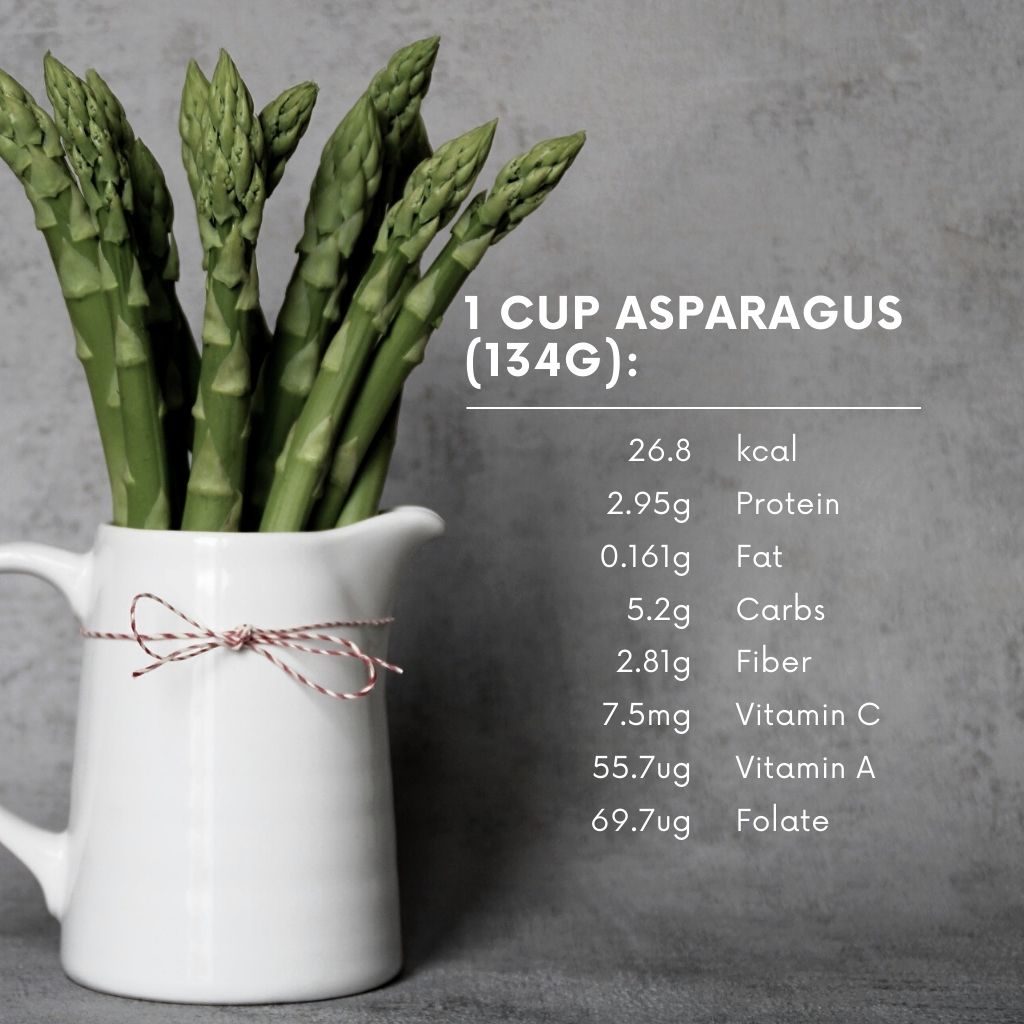Asparagus is a nutritious vegetable favored by many because of its vitamin and mineral content, as well as its taste. Asparagus is native to Europe and Asia but is grown commercially in the cooler areas of North and West Texas. Asparagus can also be grown in the Dallas and Houston areas, but as it is an early- spring vegetable, it produces poorly in areas with mild winters and long, hot summers.
Asparagus can be grown in a home garden, provided that there is plenty of room and climate conditions in your area are favorable for asparagus growth. A 20-foot row or 100 square feet of bed is a great size allotment when producing asparagus for a family of four. A bed that size will yield around 10 pounds of harvested asparagus per season. Make sure your bed is positioned in full sunlight and has deep, well-drained soil with a sandy or light- texture. Asparagus crowns grown in the right conditions can last for 15-25 years!
For more information on the process and timeline, and techniques of growing asparagus, visit https://agrilifeextension.tamu.edu/library/gardening/asparagus/.
If you live in an area where growing asparagus is not accessible and have to purchase asparagus, try to source it locally. Asparagus tends to taste better when homegrown than when it is shipped to Texas from other areas (such as from Central or South America).
Whatever way you choose to get your asparagus, you are sure to get an excellent addition to your plate. Asparagus can be topped on pizzas, used in a breakfast egg bake, roasted or grilled as a side, or steamed and enjoyed with fish, chicken or beef. Asparagus can be worked into your meals in many creative ways, adding essential nutrients to your meal.

Whether you bring asparagus home from the store or in from your garden, be sure to wash just before consuming. After being harvested, asparagus loses quality very quickly and becomes more fibrous and tough to eat. Asparagus can be stored for up to three weeks in the refrigerator, or blanched for 3-5 minutes, packaged, and then frozen for longer storage. AgriLife Extension’s Dinner Tonight has a great selection of recipes using asparagus, like an Asparagus Breakfast Bake, Salmon Bowtie Pasta, a Roasted Asparagus Salad, and Oven Roasted Parmesan Asparagus. For more recipes using asparagus and other wholesome ingredients, visit dinnertonight.tamu.edu/.
Contact: Dr. Larry Stein
Phone: (830) 278-9151
Email: larrystein@tamu.edu
https://pathtotheplate.tamu.edu/
https://agrilifeextension.tamu.edu/

